After graduating from the École nationale supérieure des Beaux-Arts de Paris in 1998, where she initially studied painting, Letizia Le Fur turned her quest for an aesthetic toward photography. Through her very personal use of colours and the particular care she gives to composition, Le Fur’s style has always lain somewhere between reality and fiction. Fascinated by myths, she explores the dual themes of nature and the human form by creating atmospheric scenes and dreamlike visions.
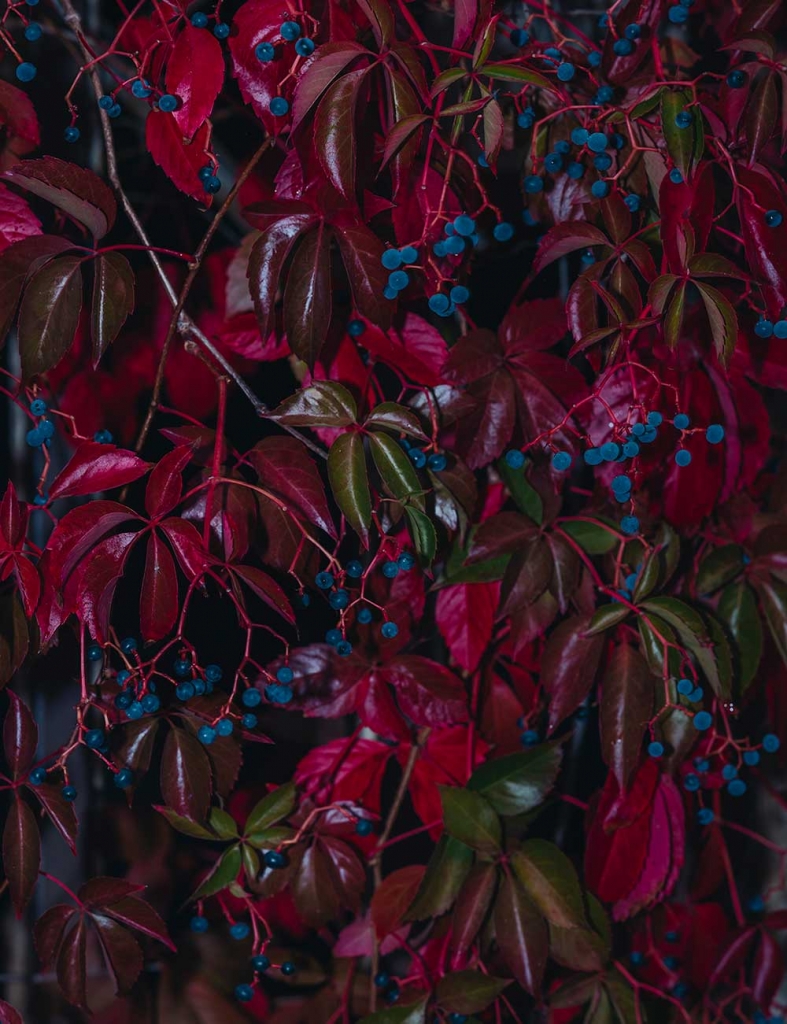
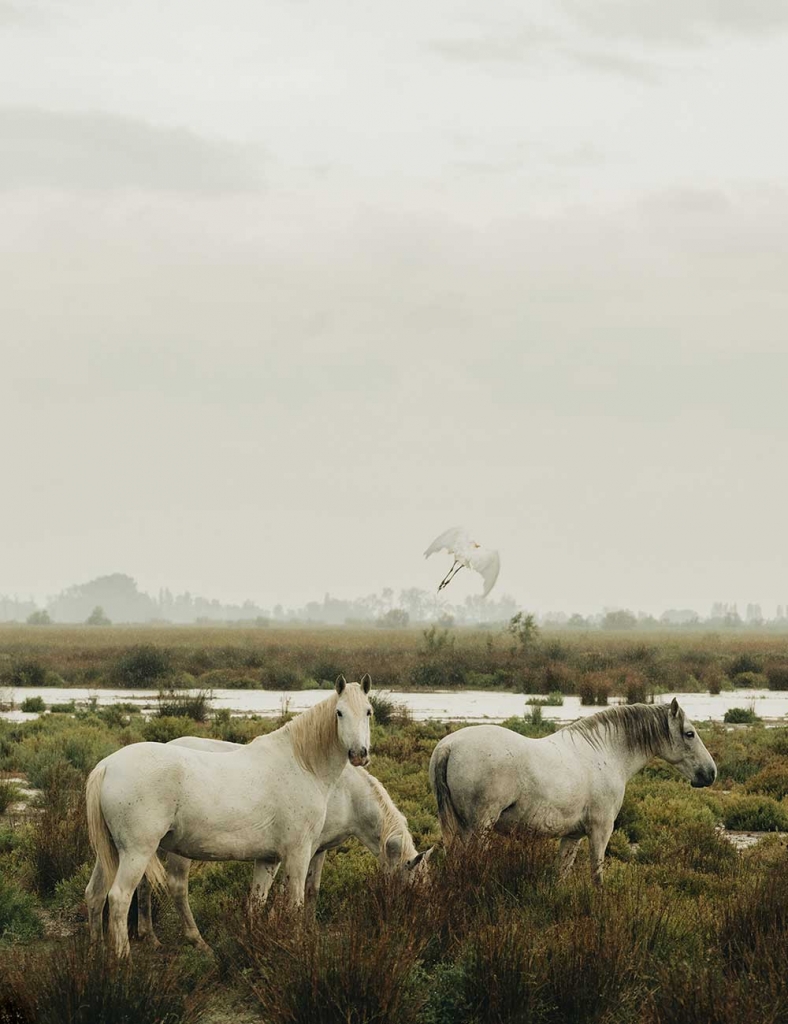
How did you become interested in photography?
To tell you the truth, my interest came rather late. I had only been thinking of painting. Then Valérie Belin, who I’d been lucky enough to have as a photography teacher at the École des Beaux-Arts, opened me up to this medium bit by bit. It took me a few years to discover photographers who meant as much to me as painters.
What work or photographer has had the greatest influence on you?
The surrealist movement — in painting and literature as well as photography — is really important to me for its themes and its incredibly creative and inspiring formal exploration.
In terms of more contemporary influences, I really love Andrei Tarkovsky’s Polaroids, as well as David Hockney’s work — another painter! I also love Rinko Kawauchi’s early series, and the work of Saul Leiter, Guerorgui Pinkhassov, and Harry Gruyaert.
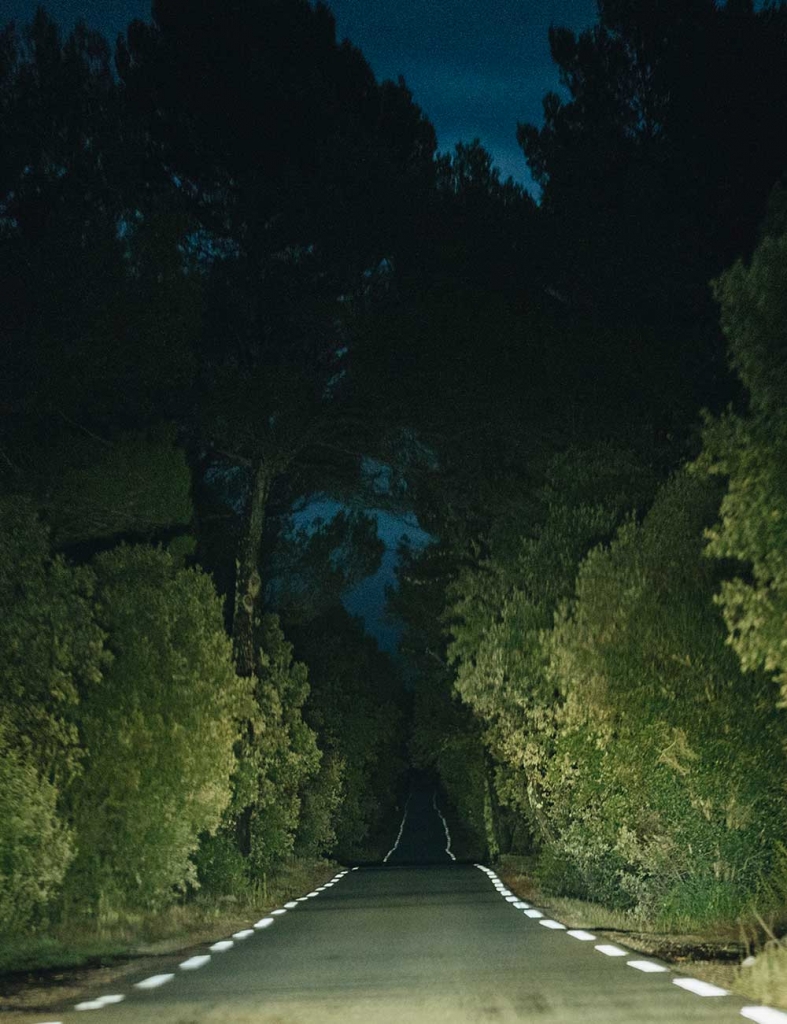
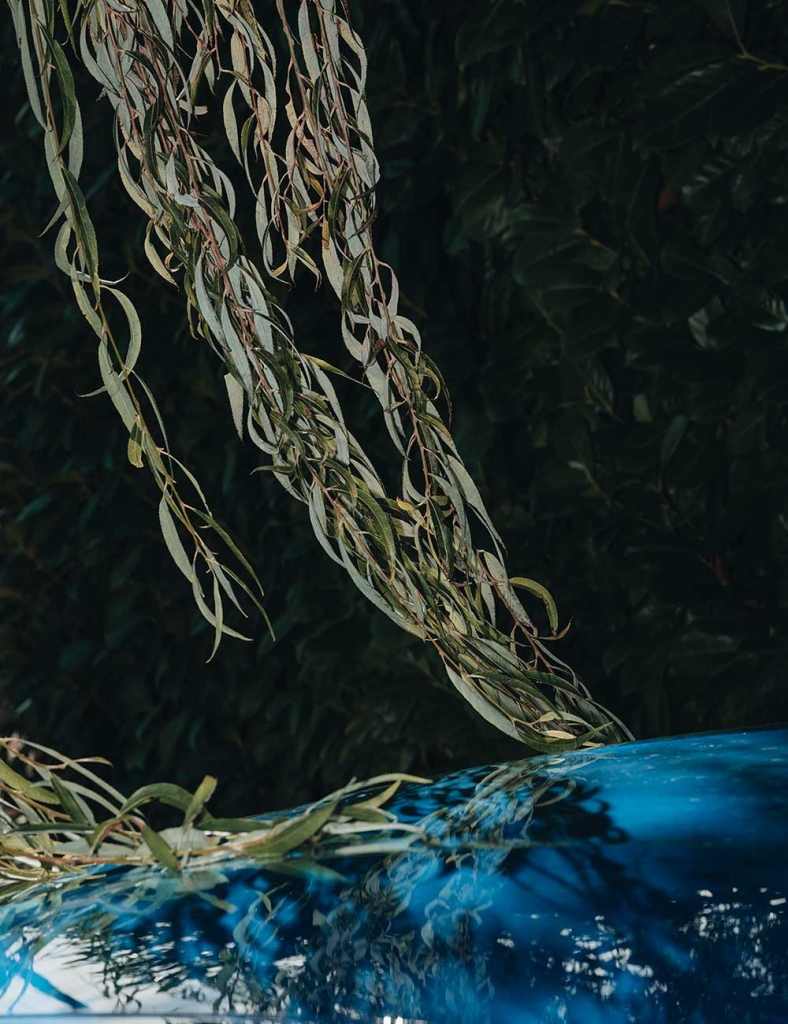
What are you trying to capture in the subjects or landscapes you photograph?
Above all, I’m trying to capture my emotions or to transcribe the story that’s in my head when I’m facing the subject. I’m not attempting to show the real, but a path you might take to try to get out of the real, which in no way prevents me from being deeply fascinated by the world and nature in particular.
What role do the unexpected and mystery have in your work as a photographer?
When I get an idea for and desire to do a series (though I don’t really like the word “series” for my work), and after I’ve done my research and documentation, images settle into my imagination. Then, it’s a matter of achieving them!
That’s where the unexpected plays an extraordinary role. When the weather isn’t what I’d hoped for, when the vegetation is less lush than expected, when the scene doesn’t match up with my mental image, beautiful accidents can happen — and the worst ones too!
As for the mystery you might be able to glimpse in my images, I often seek it out when I take the shot, but I also do so in post-production.
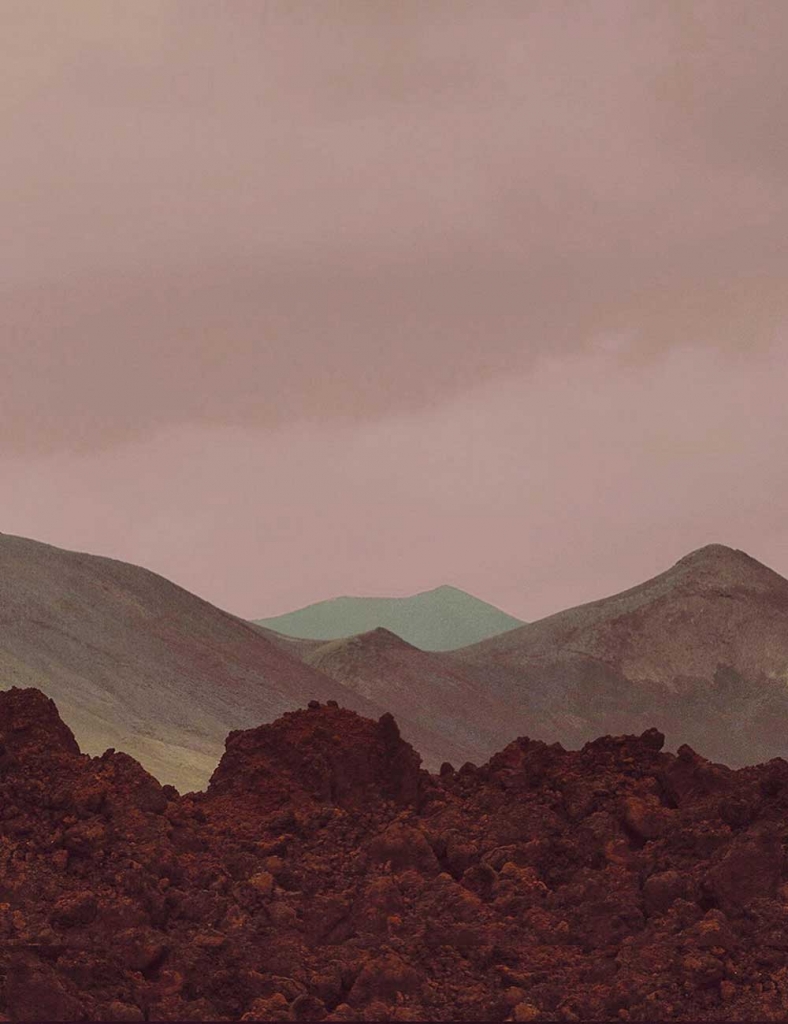


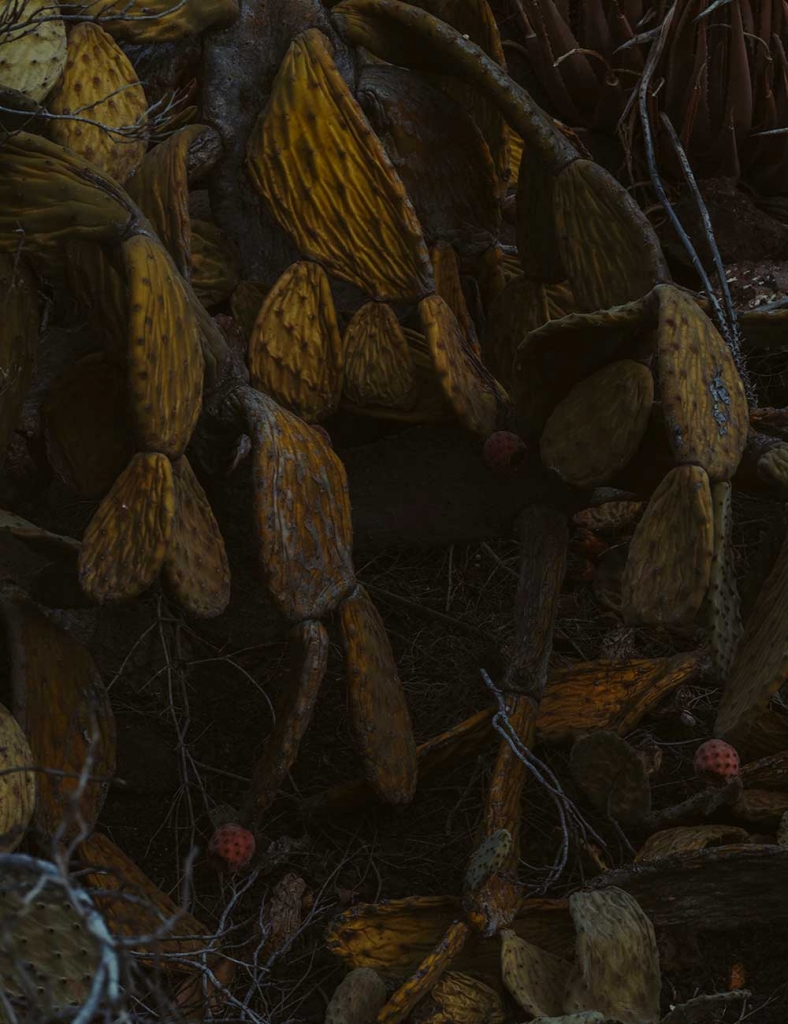
Is there a story or a place you photographed that really stood out for you?
I adored taking photos in Lanzarote; some of them make up my Mythologies cycle.
I was looking for a hostile environment for this work, and I couldn’t have found a better place. I also wanted to confront a mainly mineral landscape, almost without a trace of vegetation. It was difficult and harsh — even more so for my model — but galvanizing and extremely interesting.
Could you tell us about a photograph that you weren’t able to take?
That’s every single one of my photos and none of them! I spend all my time chasing images created entirely in my brain, so it’s technically impossible for me to reproduce them perfectly. It’s maybe thanks to this presumed failure that I don’t regret missing a single one of them.
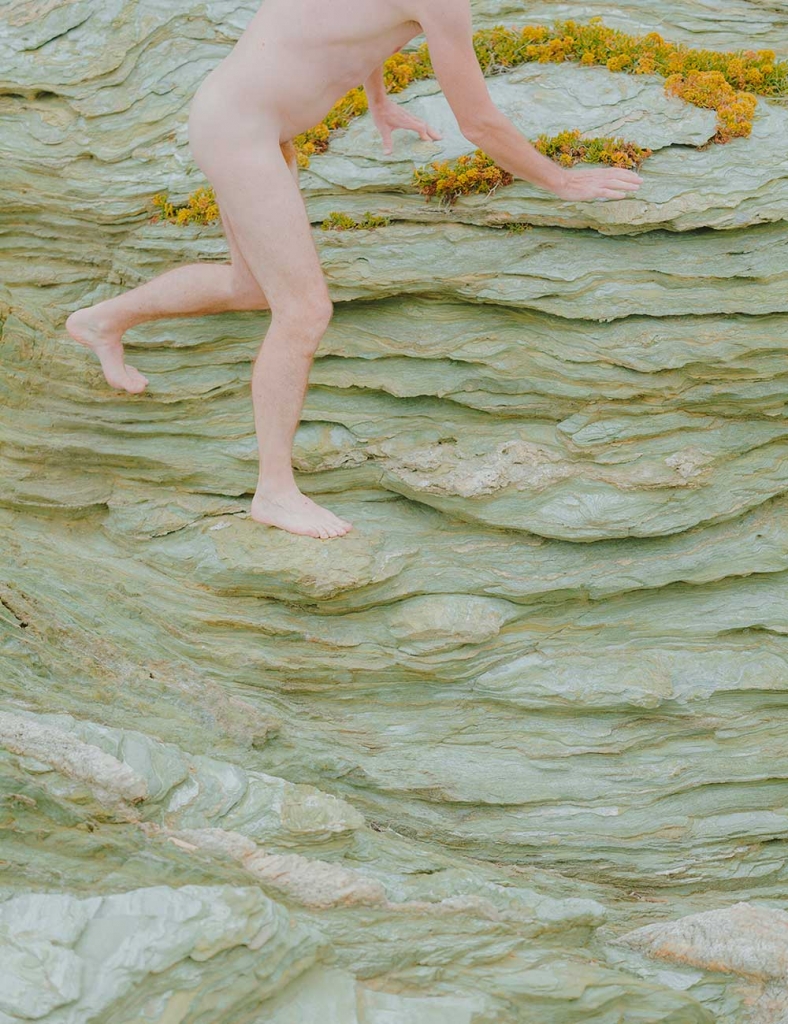
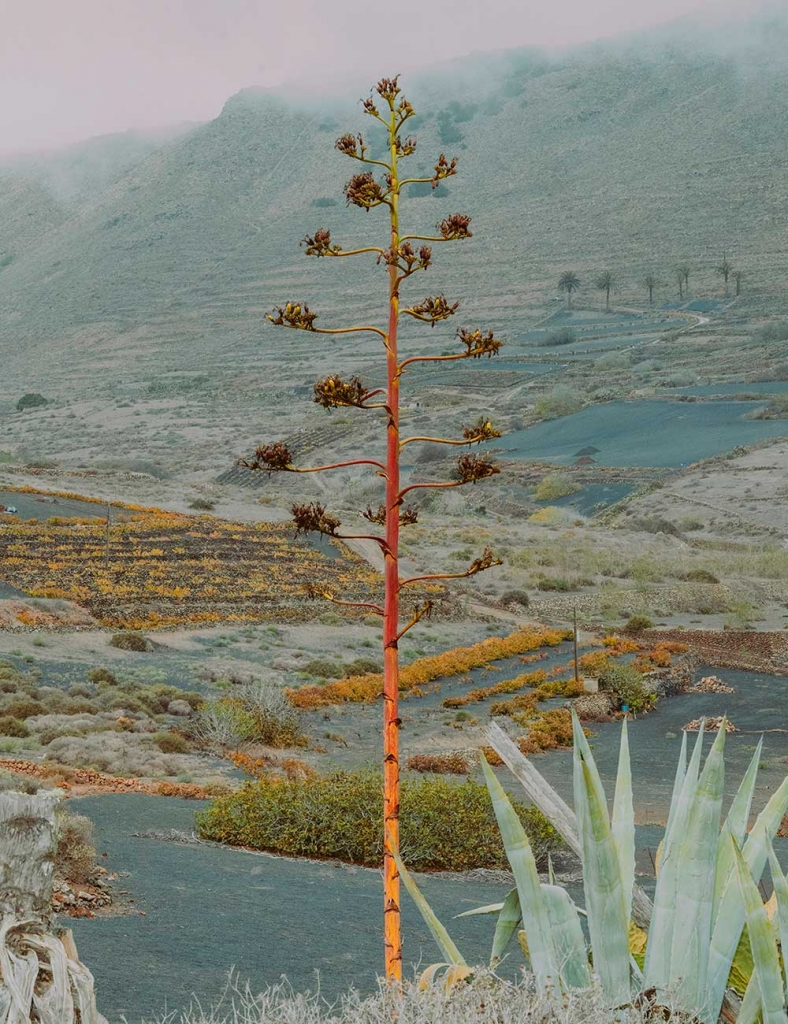
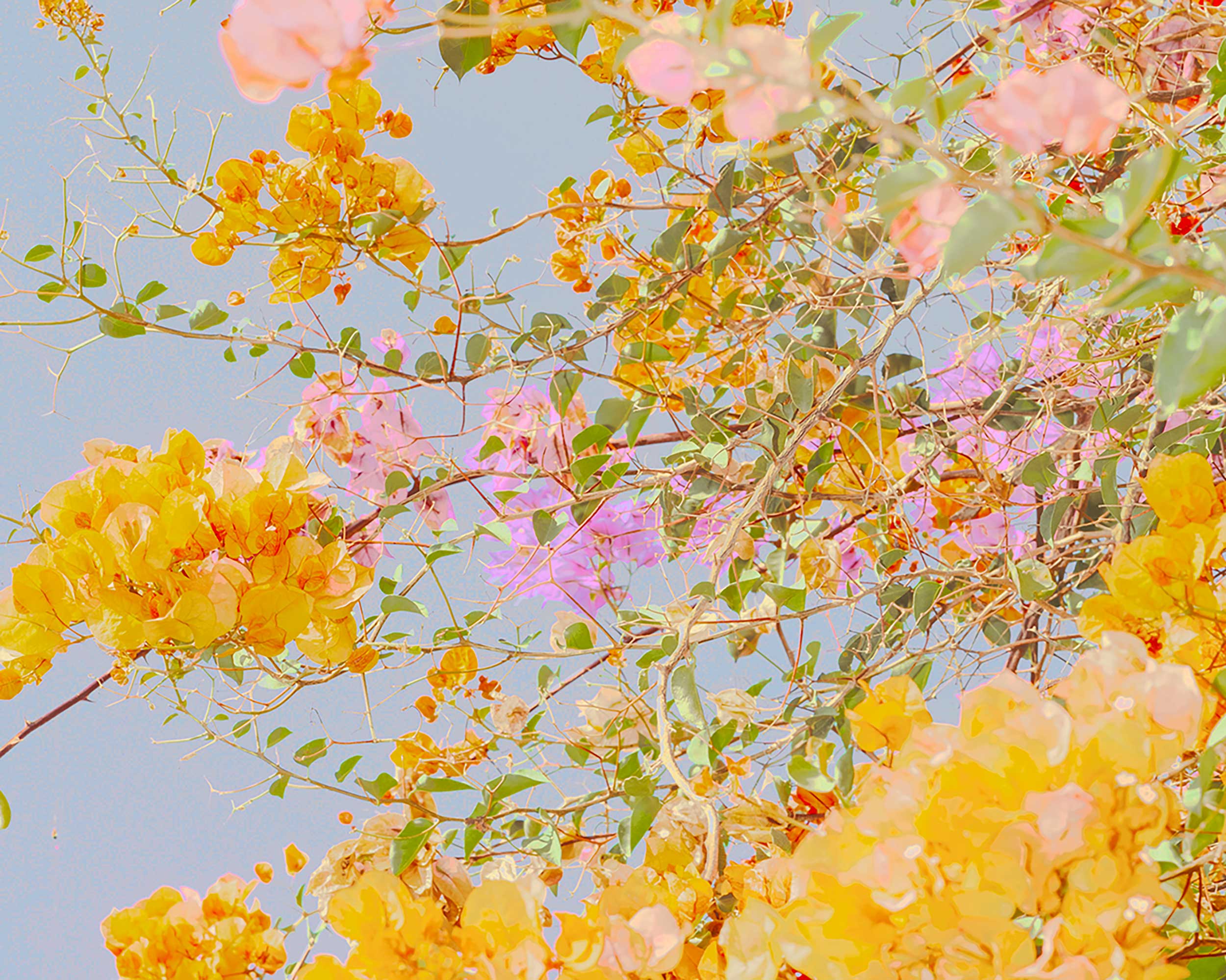
Can you explain where your interest in Greek mythology comes from, which we see in your series Origin, Golden Age, and The Metamorphoses?
My whole life, at every age and stage, I’ve read and reread Greek mythology. These founding myths teach us about the beginnings of philosophy; they talk of love, describe a fantastical nature, and conjure up extraordinary creatures. It’s enthralling.
Actually, myth worked itself into this series at the beginning, almost without my knowledge. It was by talking with Laura Serani, who later wrote a beautiful text on the series, that I grasped the extent to which Greek mythology occupied my images.
What are the aspects of classical Asian painting that inspired your Japan series?
I’m not at all a specialist in Asian painting. And, on that note, I’m making the mistake of lumping Japanese, Korean, and Chinese painting together.
But for all that, what I retain from its aesthetic is that there was a desire, very early in its history, to do away with mimesis — that is, the desire to represent the real. Nature is arranged harmoniously in Asian painting, in a non-descriptive way, exactly like in the gardens that I shot in Japan. Located right in the middle of cities, they’re arranged with extreme precision: they’re in harmony from every angle and make walkers feel like they’re in the middle of the countryside. Every plant variety is chosen to ensure there’s a unity of colour in the garden throughout the year. Asian paintings and gardens constantly oscillate between realism and artifice.
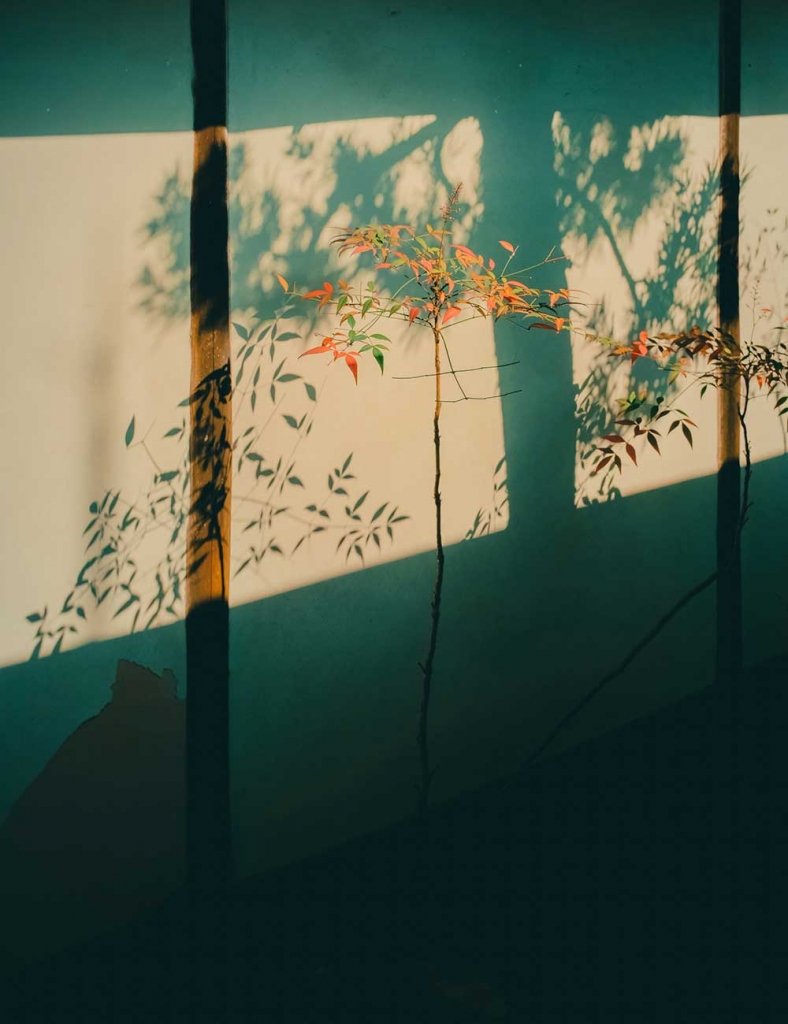
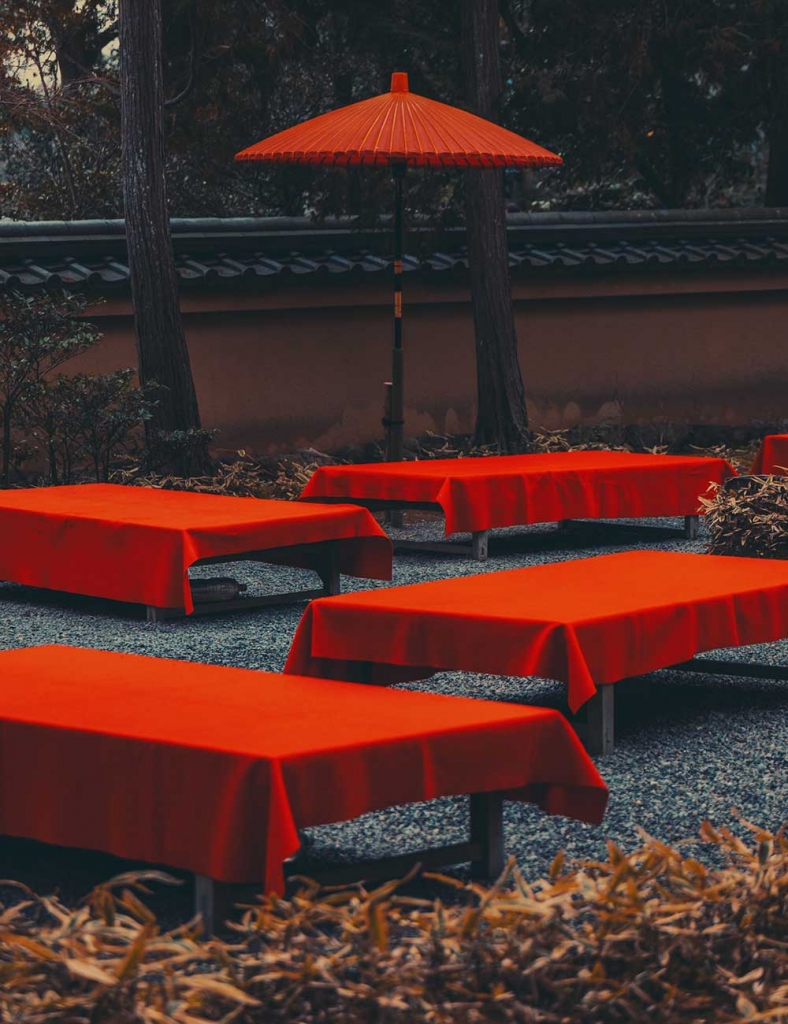
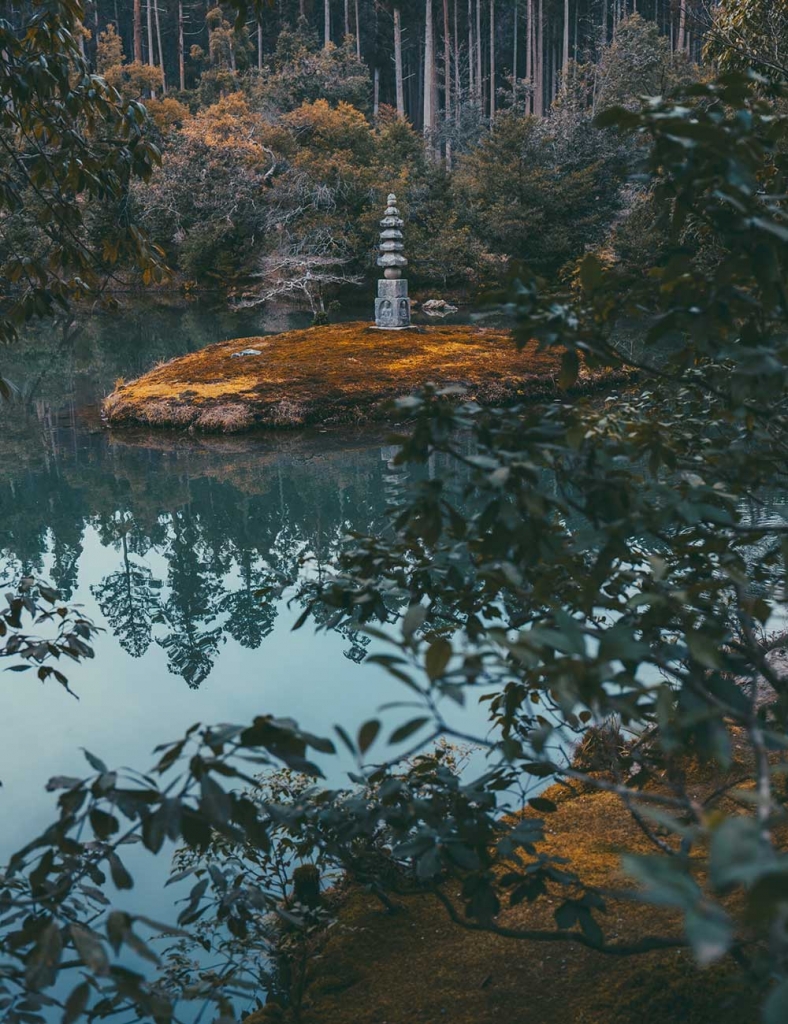

Is there a cause or organization dear to your heart that you’d like to tell us about?
In Paris, like in many other big cities, we have grown used to seeing people sleep outside and go hungry. Thankfully, there are many organizations trying to help. I work with this one called Photo4food. It raises funds by selling works donated by photographers. The sales are transformed into hot meals for those with the fewest resources.
What are you working on at the moment?
I’m putting the finishing touches on a book that’s coming out in April through Rue du Bouquet. It’ll be my first monograph. I can’t wait!
I’m also working on my first solo exhibition in a gallery (Galerie Laure Roynette in Paris), which runs from April 10 through to May 29.
And I’m preparing to do the next part of The Metamorphoses suite, which I’ll be shooting as a resident at the InCadaqués photo festival in a few weeks.
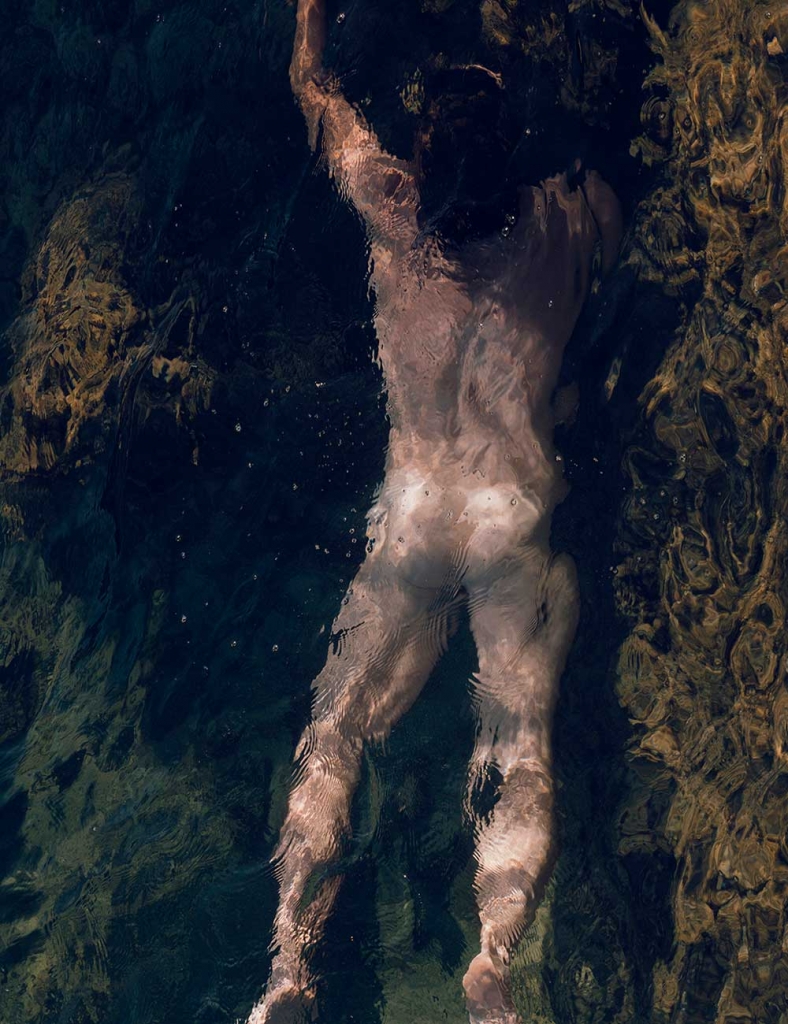
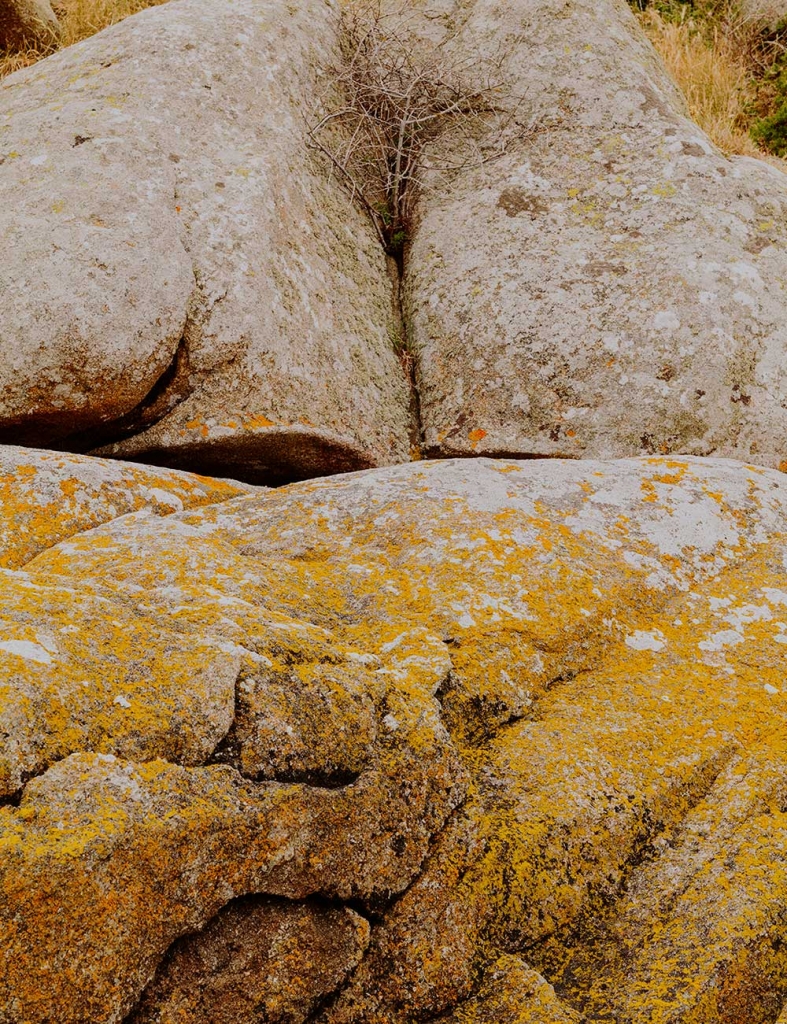
What three Instagram accounts most inspire you?
I love Jean-Baptiste Boyer’s paintings (@jeanbaptiste_boyer). He takes up the conventions of classical painting, but with figures rooted in our era. It’s beautifully executed and wildly accurate.
Richard Pak’s photographs are infinitely touching (@richardpakfr). He works over long periods of time, isolating himself on some of the most remote islands in the world, immersing himself in the people around him while always positioning himself at the right distance. Although his work is much more rooted in reality than mine, he’s a huge source of inspiration for me.
I also really admire Viviane Sassen’s work (@vivianesassenstudio) in its boundless freedom. She mixes painting, photography, and video with great finesse and intuition. Her love of colour and of the bodies of statues and men is really moving.
Never Miss Another Issue
Two issues per year
25% OFF previous issues
Free Shipping in Canada